Can you plant dill in autumn for winter harvest, and when is the best time to do it? Experienced gardeners claim that winter-sown dill sprouts faster, grows better, and yields a more abundant harvest. Is this true? Let’s explore — this well-known herb is a cold-resistant, long-day crop.
With proper sowing, dill seeds can survive winter without issues, endure early spring frosts, and produce vigorous sprouts 10–15 days earlier than spring-sown seeds.
Table of contents
Which Dill Varieties Are Suitable for Autumn Sowing?
Garden dill comes in three main types:
- Standard. The plant has a single stem with numerous leaves and forms an umbrella-shaped seed cluster at the top.
- Bush. This type develops 5–6 internodes at the base of the main stem, producing lateral shoots.
- Leafy. Although it has a single stem, the abundance of leaves makes it resemble a small fir tree.
Within these categories, breeders have developed numerous varieties and hybrids with varying maturation times and unique traits. While any dill variety can be sown in autumn, the best results come from cold-resistant early- and mid-season varieties such as:
- Dukat;
- Fernleaf;
- Mammoth;
- Superdukat;
- Tetra;
- Herkules;
- Bouquet;
- Delikat.
These varieties produce fresh greens within 30–45 days after sprouting.
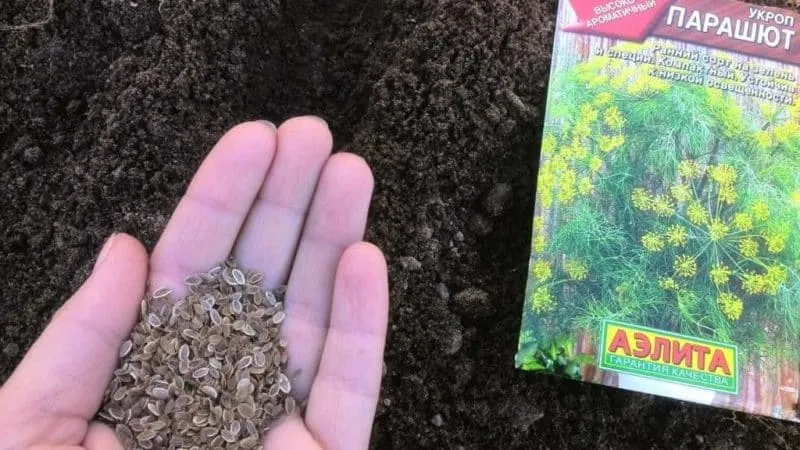
Choosing the Right Time for Autumn Sowing and Preparing the Beds
The timing of autumn dill sowing depends on local climate and current weather conditions. If sown too early during a warm autumn, seeds may sprout prematurely. The ideal time is when daytime temperatures stabilize around 0–3°C:
- Northern Europe: mid to late October;
- Central Europe: late October to November;
- Southern Europe: late November to early December.
Unlike spring planting, where beds are prepared in autumn, winter dill requires soil preparation in mid-summer — July to early August.
Advantages and Disadvantages of Autumn Planting
Winter sowing offers several benefits:
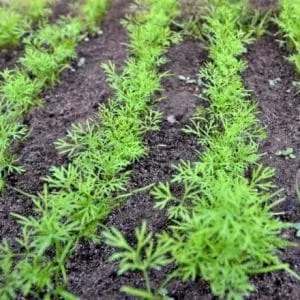
- Seeds sprout 10–15 days earlier than spring-sown crops;
- Minimal risk of seed freezing;
- Strong, uniform seedlings;
- Enhanced disease resistance and hardiness;
- Time-saving for spring gardening tasks;
- Potential for multiple harvests in one season.
There are no major drawbacks, but some risks include:
- Premature sprouting due to unexpected autumn thaws;
- Higher seed consumption (20–30% more than spring sowing);
- Possible seedling loss from late spring frosts.
How to Plant Dill in Autumn Correctly
Winter sowing differs from traditional spring planting. Knowing the right techniques helps avoid common pitfalls.
Choosing the Right Location
Dill thrives in full sun (minimum 12 hours of daylight) and prefers well-drained, organically rich, neutral-pH soil. Acidic or nutrient-poor soil hinders lush growth, so amend it beforehand.
Crop rotation matters — ideal predecessors are cucumbers, early potatoes, tomatoes, radishes, and cabbage. Avoid planting after related Umbelliferae like coriander, carrots, caraway, or fennel.
Important! A sunny bed is critical for winter dill — snow melts faster here, warming the soil for early sprouts.
Seed Preparation
Sow seeds dry — no soaking or pretreatment needed. Use fresh seeds, ideally from the current year’s harvest.
Bed Preparation
First, assess your soil type: sandy soil crumbles easily, while clay feels slippery and holds shape. Weeds indicate soil acidity:
- Chamomile;
- Blueberries;
- Heather;
- Dock;
- Horsetail.
Two weeks before sowing, prepare the soil:
- Dig to a spade’s depth, removing weeds.
- Add lime (2–3 kg per 10 m²) and fertilizer (rotted manure, wood ash, superphosphate, and potassium chloride — 20–30 g per m²).
- Rake smooth, breaking up clumps.
Note: Use only well-rotted manure/compost to avoid weed competition.
Sowing Depth and Spacing
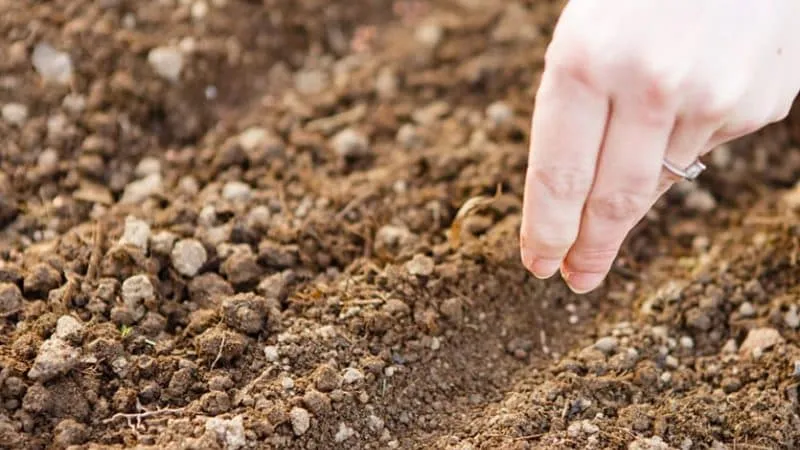
Sow dry seeds as follows:
- Depth: 3 cm (1.5 cm soil + 1.5 cm mulch);
- Row spacing: 10–15 cm;
- Plant spacing: 0.5–1 cm.
Additional Tips
The deeper planting protects seeds from frost. Mulch with peat, rotted manure, or hardwood sawdust to insulate and prevent soil crusting.
Missed the window? Sow in December during a thaw — scatter seeds over light snow and cover with another snow layer.
Winter Dill Care
Dill is low-maintenance but needs winter protection. Use agrofabric topped with peat mulch for best results.
Spring care includes:
- Regular watering. Keep soil moist — daily in cool weather, 2–3 times in heat.
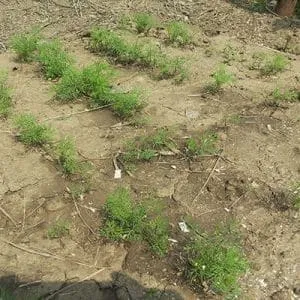
- Fertilizing. Use organic options like poultry manure (1–2 applications per season).
- Weeding. Remove weeds promptly to avoid competition.
- Sun protection. Shield young sprouts with gauze or lightweight fabric in extreme heat.
- Pest control. Deter insects with tobacco dust or garlic-sand mix (1:1).
Harvesting and Storage
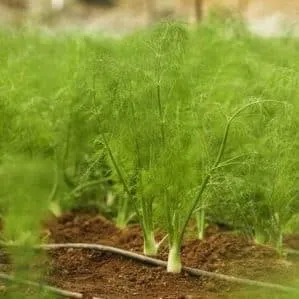
Winter dill matures in 25–50 days. Harvest at 7 cm for personal use or 20–25 cm for market. Use fresh, refrigerate briefly, or preserve by drying/freezing. For freezing, chop washed dill and freeze in ice cube trays for portioned use.
Conclusion
Winter sowing is popular among commercial growers for early harvests. Despite minor risks (extra mulch/seeds), it ensures off-season fresh greens. Home gardeners also benefit from year-round, low-effort dill production.







